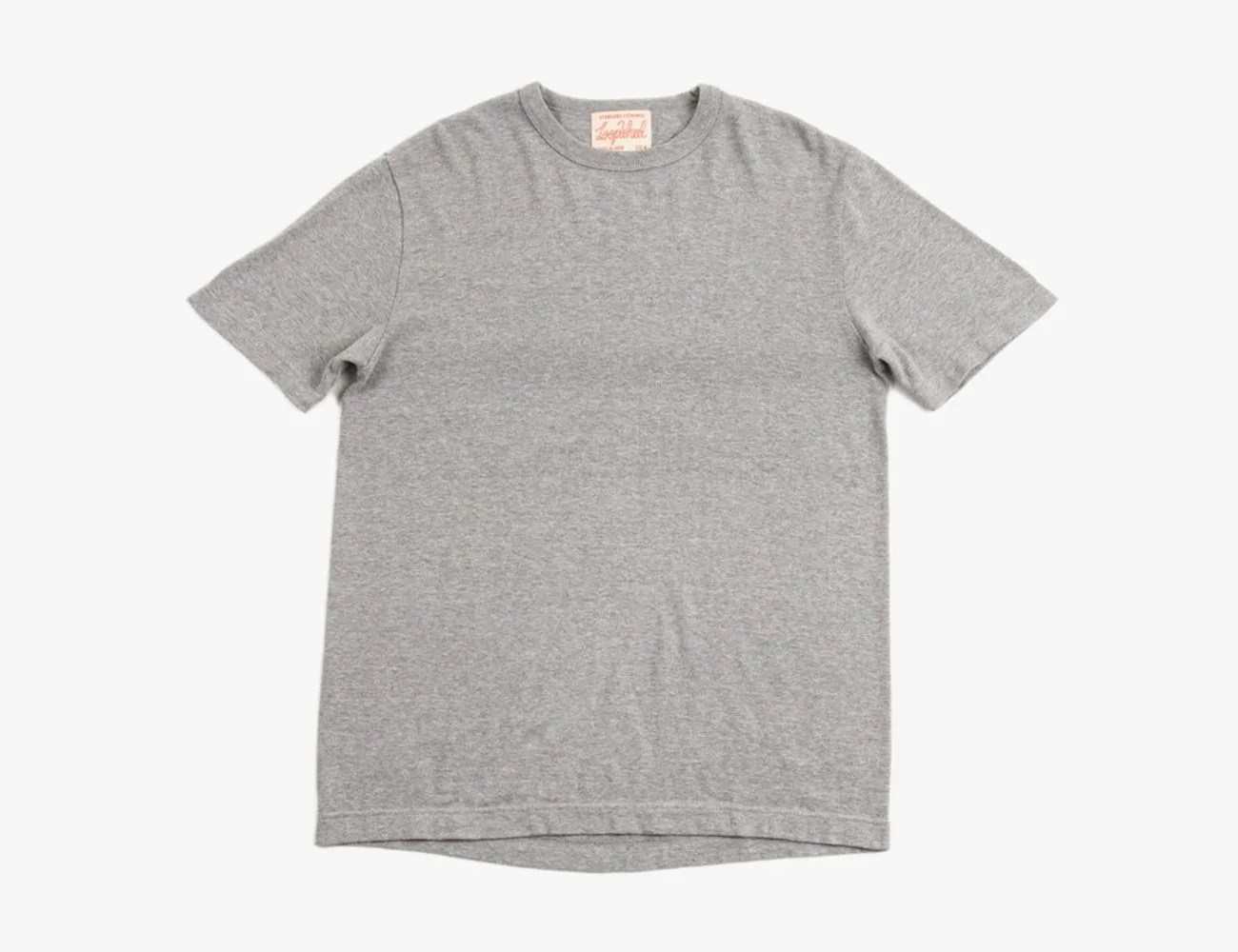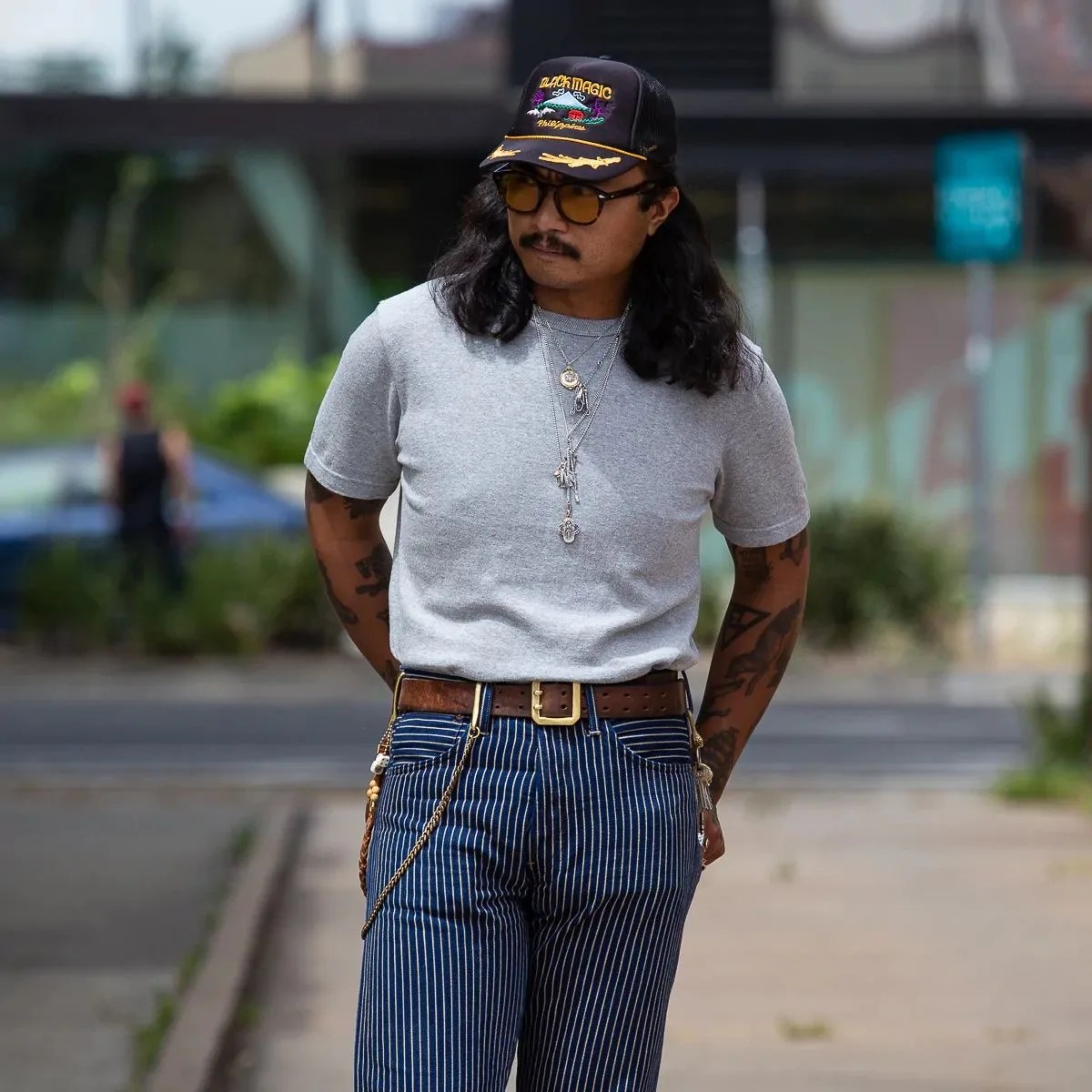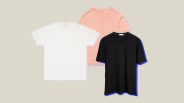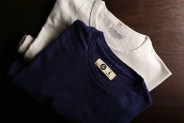Standard & Strange owner Jeremy Smith has an almost encyclopedic knowledge of clothing. To others, a T-shirt is, well, just a T-shirt, but he can tell how it’s made and where, on which machines and in which era. But he admits it doesn’t always come easy. When he was preparing to launch Standard & Strange’s first-ever loopwheel T-shirt, for example, he endured “an unthinkable number of hours of very tedious research,” he says.
It paid off, though. The bicoastal shop’s Wakayama Special Loopwheel Tee is special indeed. Although I have a million T-shirts from a million different brands, it’s probably this one I put on most often — the stains are proof — and if it were up to me (different settings call for different attire), I’d wear it every day.
The shirts are made in one of the few remaining loopwheel mills in Japan, in a city named Wakayama (hence the name). These mills are increasingly rare — there are just two left in Japan and a handful in Germany. The aging machines there are talented but far from fast: They can only knit one half a roll of fabric each day. Modern machines, on the other hand, can crank out more than five rolls a shift.
However, because the process is slow, the final product is far finer. The gravity-fed knitting system creates a fabric that’s lightweight, almost airy and incredibly soft. Abrasive side seams are nowhere to be found — loopwheels knit circular patterns — and the collars on Standard & Strange’s finished shirts are durable, which proves to be a nice contrast to the softer body.
Available in five colors, the Wakayama Special Loopwheel Tee is a pleasure to wear, but it’s also a history lesson. Loopwheels are a relic of the past, from eras where slow and steady manufacturing was the only option. Now, in the era of fast fashion, products like this are welcome respite from synthetic blend tees and performance chinos.
“Merz [b. Schwanen] has loopwheelers running from 1895, and the tech goes back much further in time,” Smith explains. “It’s not clear when machines stopped being produced, but they were in use until 1970 in the USA, and maybe as late as 2000 in the EU. Japan has had continuous production of loopwheel fabric since 1909.”
 Courtesy
Courtesy


